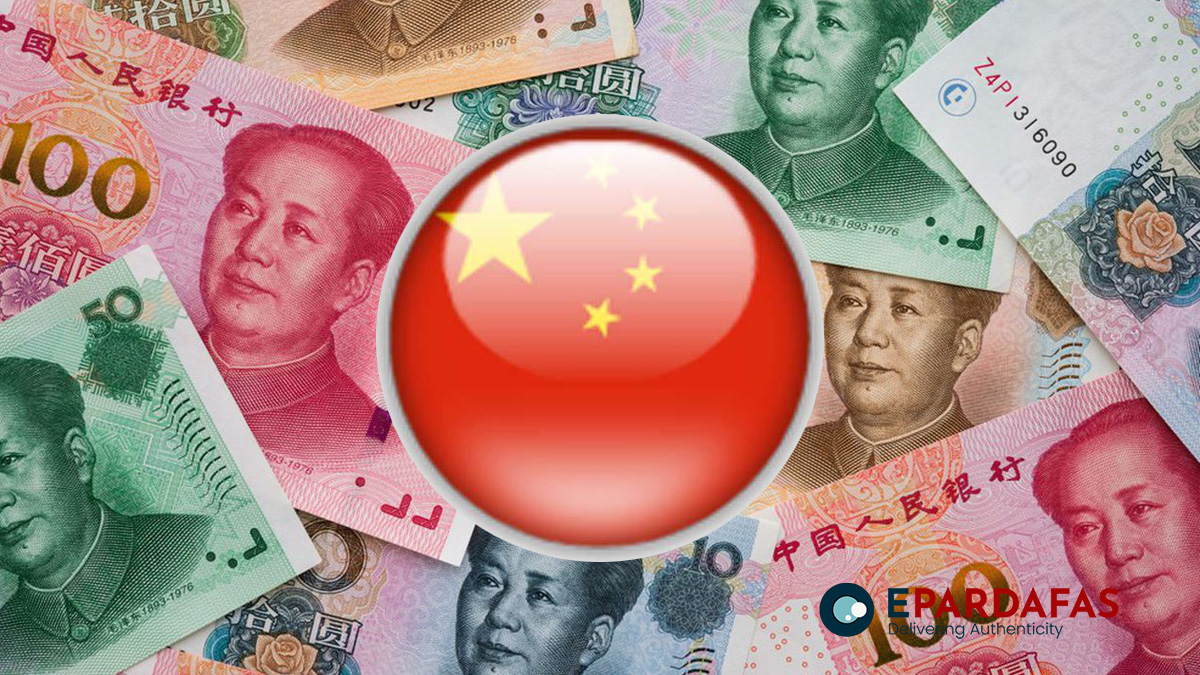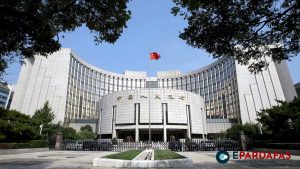
Why is internationalization of yuan not gaining currency?
A few days ago, when the US was struggling with a monetary crisis and appeared defaulting on its debt, China found it an opportune moment to impart fresh push to its attempt to internationalize Yuan. But again, Chinese bankers have been left red faced as businessmen and investors across countries prefer continuing their trade in dollars rather than yuan as the former is easier in transactions than yuan.
Even those who use yuan as a currency of transaction, they use it for payments and trade settlements, major financial transactions are missing, said South China Morning Post.
Yuan’s use abroad has mainly been relegated to payments and trade settlements, “but the internationalization of a currency is not just about trade. Whether it can be used to denominate and settle in massive financial transactions is a very important indicator,” the Hong Kong-based English daily newspaper quoted Wang Yongli, a former Vice President of the Bank of China, and a former board member for Swift, as saying.
Except for Russia, Brazil, Argentina and Bangladesh, no country has moved to accept its trade settlements and investments in yuan. In March this year, Saudi Arabia hinted that it was considering accepting yuan instead of US dollars for oil sales.
The Wall Street Journal in its March 15 report said that Riyadh is in active talks with Beijing to trade some of its oil sales to China in yuan. More than two months have passed since there was a buzz in the international market that Saudi Arabia might move to dent the US dollar’s dominance in the global petroleum market, there is no report suggesting that Riyadh has begun trading its oil sales to China in yuan.
Last year, Russia’s invasion of Ukraine and consequent imposition of sanctions by the US and Europe, left Moscow with no option but to depend on yuan to settle its trade with China.
Taking benefits from the Ukraine war, China increased use of yuan to settle its trade with Russia in oil, piped gas, coal, and metals over the past one year. According to Reuters, yuan’s share in Russia’s import settlements in 2022 rose to 23% from 4%. Encouraged by this development, China accelerated efforts to internationalize its currency.
Despite this, yuan’s share as a global payment currency is merely 2.5% in comparison to 39.4% for the dollar and 35.8% for the euro, Reuters said, quoting data from Swift, the electronic payments messaging network system used by banks across the world.
Experts say there are several reasons for the weak overseas expansion of yuan, and they include the Chinese currency being less convertible than the US dollar or euro, and because Beijing maintains strict capital controls over it.
After the yuan was devalued in August 2015, it triggered a money exodus. This resulted in China’s central bank stepping up capital controls, which included draconian curbs on outbound payments and remittance in yuan. Due to such controls on yuan, investors are not able to freely exchange the Chinese currency for other currencies.
But unless China’s economy shows strong signs of recovery, Chinese authorities will not consider relaxing its capital control regime, say some experts. The world’s second largest economy is not performing well at major indicators of growth.
Data released by China’s Finance Ministry last week showed the country’s exports falling to 7.5% in May from a year ago, while industrial firms recorded a 20.6% fall in profits in January-April from a year ago during the same time period.
In April alone, as per China’s National Bureau of Statistics, industrial firms witnessed a 18.2% decline in profit year-on-year. On the employment front too, there is nothing to feel positive about the Chinese economy. According to official statistics, the unemployment rate for people between 16 and 24 years old reached a record 20.4% in April, 2023.
There are reports that unemployment among youth could get even worse as a record 11.6 million college students are expected to enter the labour market by June-July this year.
These developments come on the back of a report, suggesting that local governments in several Chinese provinces are making painful spending cuts or have to divert money from growth-boosting projects to repay their debts.
According to Goldman Sachs Group Inc, China’s total government debt is about $23 trillion—a figure that includes the hidden borrowing by thousands of financing companies set up by provinces and cities in the East Asian countryTo repay the debt, local governments in China are making cuts in spendings on infrastructure development, salaries of workers, schoolteachers, street cleaners and others serving under government agencies. In some cases, cash-strapped local governments are resorting to auctioning off public schools, cutting back on contracts with private firms and slashing medical care and pensions.
The International Monetary Fund has forecast that Chinese economic growth would be pick-up from 3% in 2022 to 5.2% in 2023. However, with factory orders declining, exports in lurch, industrial production waning and employment situation looking weary, it does not appear China’s economy will bounce back to its pre-Covid phase when GDP used to be above 6%.
Yuan’s volatility against international currency, especially the US dollar is also one of the major factors behind Chinese authorities’ hesitancy in lifting capital controls on renminbi. Last year, the yuan’s exchange rate against the dollar fell below a key psychological threshold of 7 per US dollar. The same condition persisted till May this year. Only in June, yuan is trading slightly above 7 per US dollar and this could be achieved after the country’s forex regulators asked major banks to help curb yuan’s big rises and falls, South China Morning Post said.
These developments have generated alarm about yuan’s stability in the financial market and as such, increasing the renminbi’s share as a reserve currency among several countries is cited as a major reason behind hesitancy in going ahead with the Chinese currency for trading and investment purposes. To increase yuan’s share as reserve currency among countries, necessitates higher standards for the currency’s security, liquidity and profitability. This is missing for yuan in the current situation.














Comments